Thirty years ago today, a test by engineers at Chernobyl’s power plant in Russia went horribly wrong, resulting in one of the planet’s worst nuclear disasters still affecting people today.
Located about 100kms north of Kiev, operators at the nuclear power plant were attempting to cool the reactor’s core in an emergency in the early hours of the morning when complications arose.
The power fell, and inexperienced works could not stabilise the reactor, ABC News reported.
The explosions that followed blew the 1000-tonne roof off the reactor, and killed two plant employees, injuring many more.
Altogether, there were around 600,000 military personnel, police, firefighters and state employees tasked with putting out the toxic fire. They became known as “liquidators”, and they wore little to no protective gear.
Over the following weeks, 130 of these emergency workers – responsible also for building a concrete sarcophagus over the damaged reactor – were diagnosed with acute radiation syndrome.
Twenty-eight of them died within a few weeks.
While the fire was extinguished, the radiation released from the explosion was counted as being 100 times more than that contained in the atom bomb dropped on Nagasaki and Hiroshima, and a bigger problem lay ahead – the plant was never housed in a containment structure, thus an extensive amount of radioactive material leeched into the environment.
It wasn’t until almost three weeks later that the accident was admitted in public, by the Communist Party of the Soviet Union’s then-secretary-general Mikhail Gorbachev.
Within a day, 45,000 people living in the plant’s town of Pripyat were evacuated. Within three weeks, 116,000 people living within a 30km radius were also moved.
After some years, a further 220,000 were resettled in less contaminated locations.
Despite any and all measures taken to prevent further tragedy, babies are still being born today with deformities, and children of parents who lived through the accident are regularly diagnosed with cancer.
According to the BBC, in most severe cases, babies are missing limbs and in one case, a child was born with two heads.
British paediatrician Dr Rachel Furley told the news organisation that when she is not treating children at English hospital Bury St Edmunds, she helps 800 kids in Gomel, a region of Belarus, situated about 130kms north of Chernobyl.
During a decade’s work in Britain, Dr Furley has seen two children with thyroid tumours, but roughly half of the 800 children her charity (Bridges to Belarus) assists in the Gomel region have developed the cancer.
“We have an awful lot of palliative cancers and tumours. Types which we don’t see anywhere else in the world,” she told the BBC.
Dr Furley studies the “really strange birth abnormalities and genetic disorders” with medical colleagues in Britain. The diseases are often linked to heart problems and sometimes learning disabilities.
Despite aid provided by charity, many still die young.
To mark the 30th anniversary of the Chernobyl accident, artist Guido van Helton spray-painted a mural inside Reactor 5, which was under construction when the explosion occurred.
The Brisbane-based artist’s work is based on a photograph of a doctor by late photojournalist Igor Kostin, who spent much of his career documenting the accident and the aftermath.
The artwork took Van Helton six hours to complete, and it’s the first street art mural allowed inside the disaster zone.
“It’s just an eerie feeling to know there is this constant threat of radiation around,” he told the ABC.
“I had an underlying sense of feeling uncomfortable.
Guido van Helton usually likes to take his time while creating spectacular, large-scale portraits on buildings. But when he decided to spray-paint a disused reactor in the Chernobyl disaster zone, van Helton was keen to get out in a hurry.
To mark the 30th anniversary of the Ukranian nuclear disaster, the Brisbane-based artist created a mural inside Reactor 5, which was under construction at the time of the deadly explosion.
Van Helton’s work is based on a picture of a doctor by the late photojournalist Igor Kostin, who spent much of his career documenting the nuclear disaster and its aftermath.
He said his piece, created in six hours, was the first street art mural permitted inside the disaster zone.
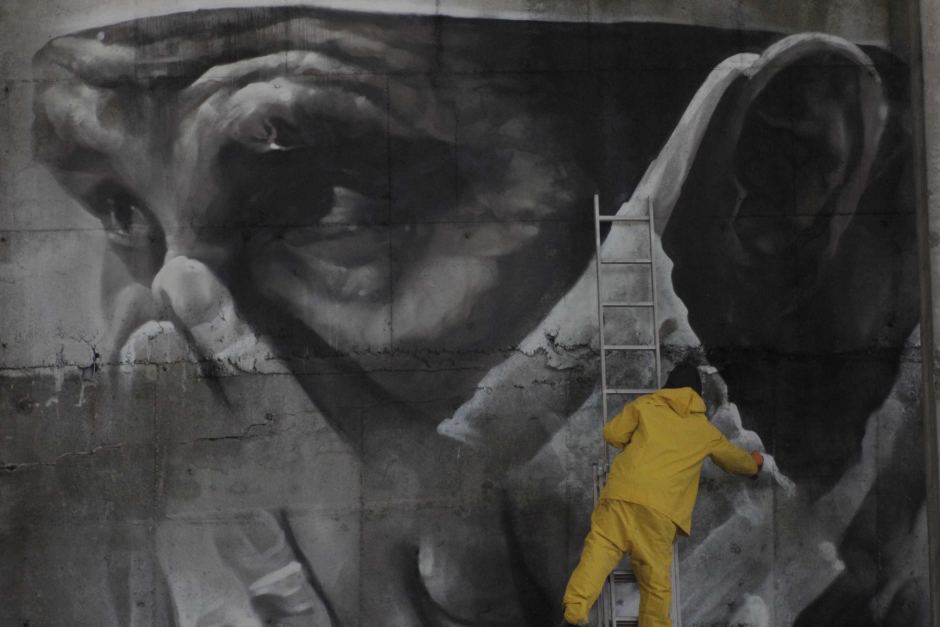
“It’s just an eerie feeling to know there is this constant threat of radiation around,” he told the ABC.
“Usually I always wear a mask but I don’t need full-length clothes. Some of the other people who were there were just wearing T-shirts.”
Van Helton said his art was carried out with assistance from Chernobyl district authorities and military officials kept him under close watch while at the reactor.






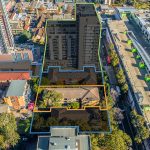



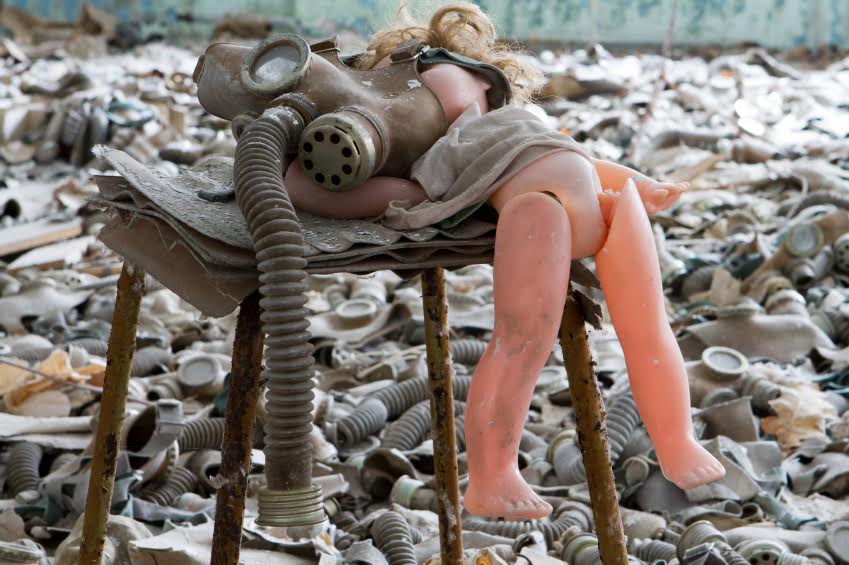
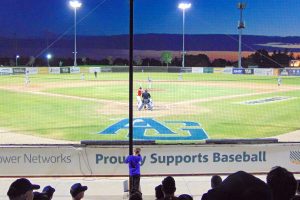

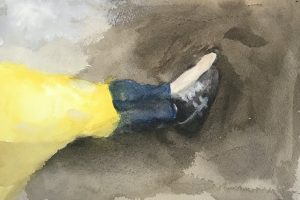









Add Comment